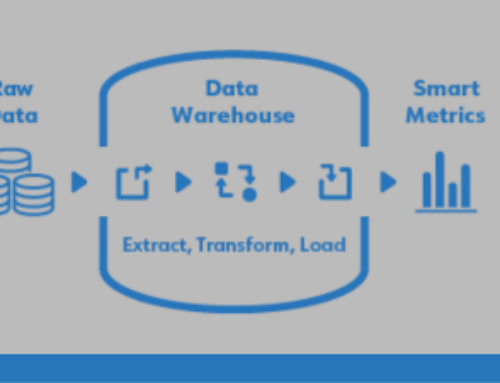Business Reporting: What do companies REALLY want?
We recently surveyed both technical and non-technical staff regarding what they wanted to improve the most in their ERP system’s reporting module. The results of the survey were surprising – not for the answers that people gave . . . but for the answers they didn’t give.
The majority of respondents didn’t mention some of the key terms those of us in the technology industry eat, sleep and breathe…Terms like Artificial Intelligence (AI); smart metrics, and Business Intelligence (BI). While the key buzzwords were much less common, what we heard more often was that people simply want ‘better and easier reporting.’
Let’s take a closer look at what exactly constitutes better and easier reporting; and how AI, smart metrics, and BI are the means by which this is achieved.
What is ‘better’ and ‘easier’ reporting?
Let’s start with ‘better’ reporting.
Clients were unhappy that their reports didn’t give them the insight they were looking for. Specifically, they wanted more insight that would help them make ‘better’ (i.e., smarter) decisions on such things like promotions, pricing, the ordering of stock, staffing, and the like. A recurring theme voiced by attendees was that their current reports were heavy on detail and light on insight.
Although detail-oriented reports are useful from a historical perspective (especially to auditors), they are far less so when viewed from a strategic perspective. Survey respondents’ desire for ‘better’ reporting focused on going beyond what had occurred within their business to understanding why it had occurred and how they could improve on it.
This is where business intelligence (BI) – as an enabling technology within a reporting solution – can shine. While providing the same details as traditional reporting, BI adds sophisticated calculations and aggregates to predict future requirements. This increased insight improves future performance and delivers better results. By analyzing past trends, BI enables reporting to go beyond what an organization has been doing to show how it’s been doing and how it can do better in the future.
Let’s move on to ‘easier’ reporting.
‘Easier’ consists of two components – ease-of-use, and speed-of-use.
Ease-of-use refers specifically to the technical level of expertise that’s required to use a reporting application. In most reporting apps, running a report is easy; customizing a report is challenging, and creating a report is downright difficult – and usually requires the words “analyst” or “database” in one’s job title.
Creating or customizing reports involves ‘database schema’ knowledge – knowing what data sits where in an ERP app. This can be daunting in that most ERPs have well over 1,000 ‘tables’ and an excess of 10,000 fields. Those data fields are rarely ‘aggregated’; thus requiring the additional skills of a mathematician and SQL programmer.
Which brings up the subject of ‘time’ – or speed-of-use. It’s not unusual for a manager or executive to have to wait weeks for a specific report to be designed, created, tested, and delivered. It’s also not unusual for the report’s generation to take hours (or days) to complete. (Many survey respondents commented on how reports take way too long to run. In fact, they often have to schedule reports to run overnight – or over a weekend – to avoid slowing down the system.)
And here’s where a second enabling technology within a reporting solution is essential: data warehousing.
What is Data Warehousing?
Data warehousing is a process that takes large, sophisticated repositories of data (like that of an ERP database) and streamlines and simplifies them for the purpose of reporting. All the traditionally ‘techie’ work that goes into report design is done automatically within the system. Using a process called ‘ETL’ – for ‘extract’, ‘transform’, and ‘load’ – the data warehouse is populated automatically with those data elements necessary for reporting.
What’s more, data warehousing has the additional benefit of speeding up the retrieval and processing of the data within the reports. Analyses that used to take hours or days now take less than a minute (typically no more than ten seconds)! This ensures that decision makers get the strategic insight they need . . . when they need it.
So –if you are looking for ‘better’ and ‘easier’ reporting – an application that works for you instead of against you – consider Business Intelligence-based Reporting from DataSelf.
With improved insight for decision making plus ease-of-use and speed-of-use for everyone, DataSelf makes better and easier reporting a reality.
Want to know more about how Business Intelligence and Data Warehousing can drastically improve the reporting process? Contact us to schedule a consultation today.




